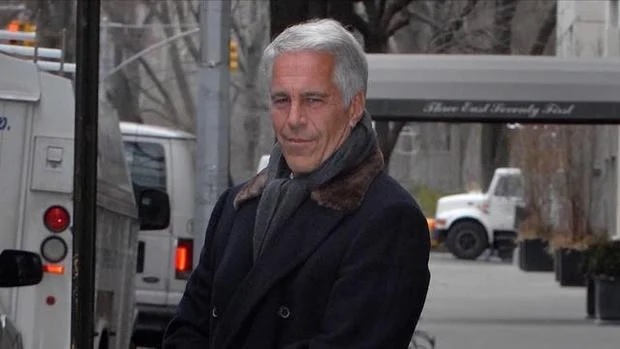A newly released FBI and DOJ memo obtained by Axios concludes that Jeffrey Epstein did not possess a client list used for blackmail and that he died by suicide in August 2019.
In May, FBI Director Kash Patel and Deputy Director Dan Bongino stirred controversy within conservative circles by publicly endorsing the official explanation that Epstein’s death was a suicide.
The memo states there is no evidence Epstein blackmailed powerful political figures. It also indicates that no further Epstein-related records will be released.
“The DOJ and FBI say in the memo that no ‘further disclosure’ of Epstein-related material ‘would be appropriate or warranted,’” Axios reported.
According to Axios, President Trump’s Justice Department and FBI concluded there is no evidence that Epstein, a convicted sex offender and disgraced financier, blackmailed high-profile individuals, maintained a “client list,” or was murdered.
The administration is releasing both raw and “enhanced” versions of video footage from the Manhattan prison, which it says show no one entering Epstein’s area the night he died. The video is said to support the medical examiner’s conclusion that Epstein committed suicide, as outlined in the two-page memo.
Why it matters: This marks the first time the Trump administration has officially pushed back on conspiracy theories regarding Epstein’s activities and death — theories that had previously been circulated by the very officials now leading the FBI.
The DOJ reportedly holds 11 hours of video surveillance from Epstein’s jail cell confirming no one entered the cell the night he died.
???? BREAKING: Video on the DOJ website reportedly shows the full 11 hours around Jeffrey Epstein's death, and that nobody entered the cell after he was locked inside for the night.
— Eric Daugherty (@EricLDaugh) July 7, 2025
Axios reports the DOJ/FBI concluded he k*lled himself based on an internal memo. https://t.co/Va1760DaKX pic.twitter.com/TCsQ75ZqY7
In 2023, a report from the DOJ Inspector General also concluded Epstein’s death was a suicide. The report blamed the incident on negligence and misconduct by jail staff.
“The Medical Examiner who performed the autopsy detailed for the OIG [Office of Inspector General] why Epstein’s injuries were more consistent with, and indicative of, a suicide by hanging rather than a homicide by strangulation,” the report stated. “The Medical Examiner also told the OIG that the ligature furrow was too broad to have been caused by the electrical cord of the medical device in Epstein’s cell and that blood toxicology tests revealed no medications or illegal substances were in Epstein’s system. The Medical Examiner also noted the absence of debris under Epstein’s fingernails, marks on his hands, contusions to his knuckles, or bruises on his body that would have indicated a struggle, which would be expected if Epstein’s death had been a homicide by strangulation.”
Jeffrey Epstein, a convicted pedophile with ties to numerous wealthy and powerful individuals, was found dead in his Manhattan jail cell in August 2019—just one week after a reported suicide attempt in July. He was 66.
According to official reports, Epstein was found hanged using a bedsheet tied to a bunk bed. The autopsy revealed a broken hyoid bone, a detail often associated with homicide by strangulation. Some questioned the official findings, especially after autopsy photos appeared to show what looked like marks made by a wire.
In January 2020, prosecutors informed a judge that missing surveillance footage from the night of Epstein’s prior suicide attempt had been located. However, they later admitted that the footage had been destroyed due to a “record-keeping error.”
Many continue to doubt the official version of Epstein’s death, citing a string of unusual coincidences and unresolved questions.
 Telegram is where we really talk. Don't miss out!
Telegram is where we really talk. Don't miss out!









